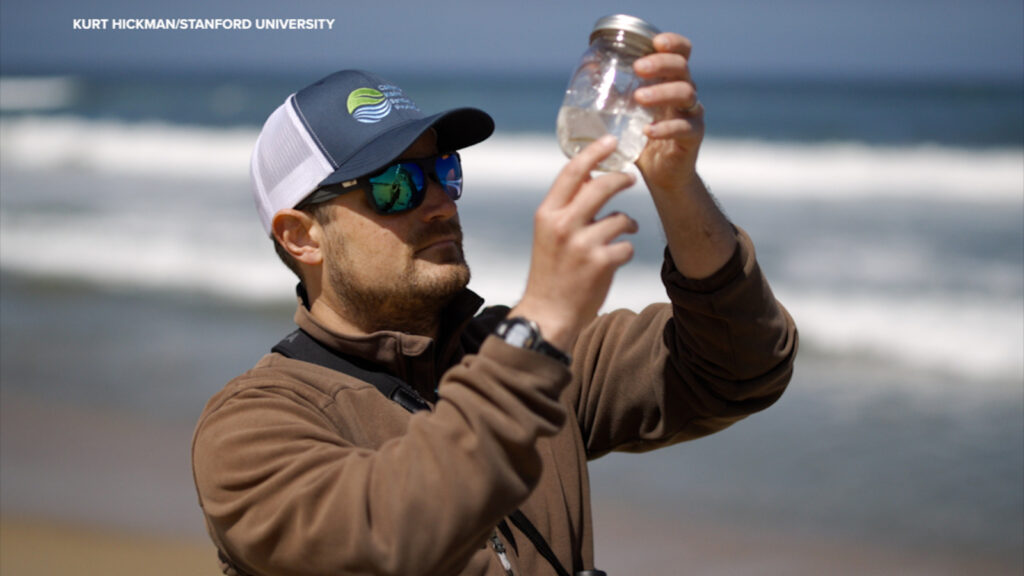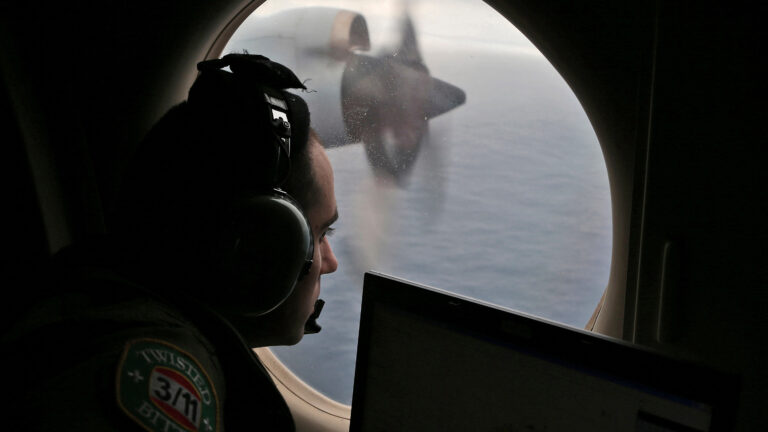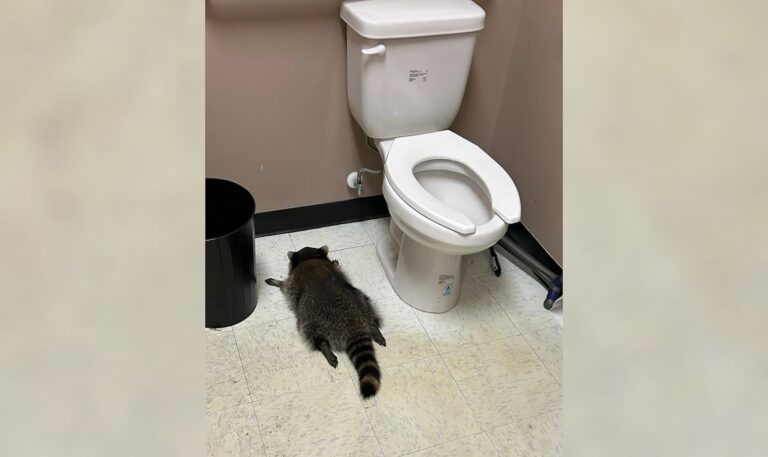
STANFORD, Calif. (KGO) — On a sunny beach along Monterey Bay, Stanford researcher Dr. Matt Savoca and his team are tracking a devastating ocean polluter: microplastics. They’re hoping to follow the trail from beginning to end.
“So as a scientific community, we know that microplastics are everywhere, but we don’t exactly know how they get everywhere or where they come from. And if we’re going to do anything to mitigate this problem, that’s a really important question that we need answered,” says Savoca, who is based at Stanford’s Hospkins Marine Station on Monterey Bay.
MORE: Ships sent to clean Great Pacific Garbage Patch in middle of ocean return to SF
According to NASA, roughly eight million tons of plastic wash into the ocean every year, but mapping the tiny particles that break down into microplastics takes an almost three-dimensional approach. Savoca’s team uses seawater and delicate mesh filters, to painstakingly separate the buoyant plastic by hand. The goal is to understand where the samples are originating, and how they’re being carried from their source to the sea.
“I think the work that we’re doing is among the most detailed that’s occurred from land to sea. And if we can figure out what sectors are more at play in the pollution that we see in the environment, then we can sort of work with those sectors to try to, reduce that pollution, into our local waterways,” Savoca adds.
But large sections of that pollution pathway are still a mystery. Former Stanford researcher Dr. Jinliang Liu set out to create a microplastic transport model to explain how the tiny particles are distributed once they reach the ocean.
MORE: How one Bay Area team is responding to increasing threat of plastic pollution to world’s oceans
First, it helps to understand that large amounts of waste wind up being consumed by ocean creatures big and small and at wildly different depths. Researchers say the fragments bond with natural organic materials that are constantly drifting downward toward the ocean floor, a curtain known as marine snow.
“We mostly want to know how those bond to microplastics sinking from surface to the bottom, because by density, they are lighter than seawater. There’s no way they can. Naturally. There’s no way they can sink it from surface to the bottom,” Liu explains.
But Liu says the marine snow acts like a kind of elevator. To measure the distribution, he turned to a microplastic transport model first developed by colleague Nan Wu, from the British Antarctic Survey. In the model, the microsplastics turn yellow as they interact with the heavier marine snow. Ultimately spreading from the surface to the ocean floor.
“Now think about you are a passenger as a microplastic. You’ll enter that elevator. Now you can take it deeper to the interior of the ocean. And even to the seabed,” he says.
That helps explain how so many marine creatures wind up ingesting the particles.
Back on shore, Savoca worries about what happens when the pollution pathway comes full circle, as humans ingest microplastics from the seafood we eat and other sources. How much? And what are the danger levels? They’re questions that are all part of the equation in this vast, multi-dimensional study.
“And I think the way to do that is to really understand and people want to know, should I be concerned about my seafood? Should I not be drinking from single use plastic water bottles? What are levels in our bodies or in our environment that we should be concerned about? And those are questions that ultimately will be answered by this larger body of knowledge,” Savoca believes.
And to underscore the effects on marine life, Savoca’s team believes common species of whales along our coast ingest up to 10 million pieces of plastic a day.
Copyright © 2025 KGO-TV. All Rights Reserved.

Duncan Meyers, founder of BDJOBSTODAY, shares expert career advice, job market insights, and practical tips to help professionals grow and succeed in their careers.



